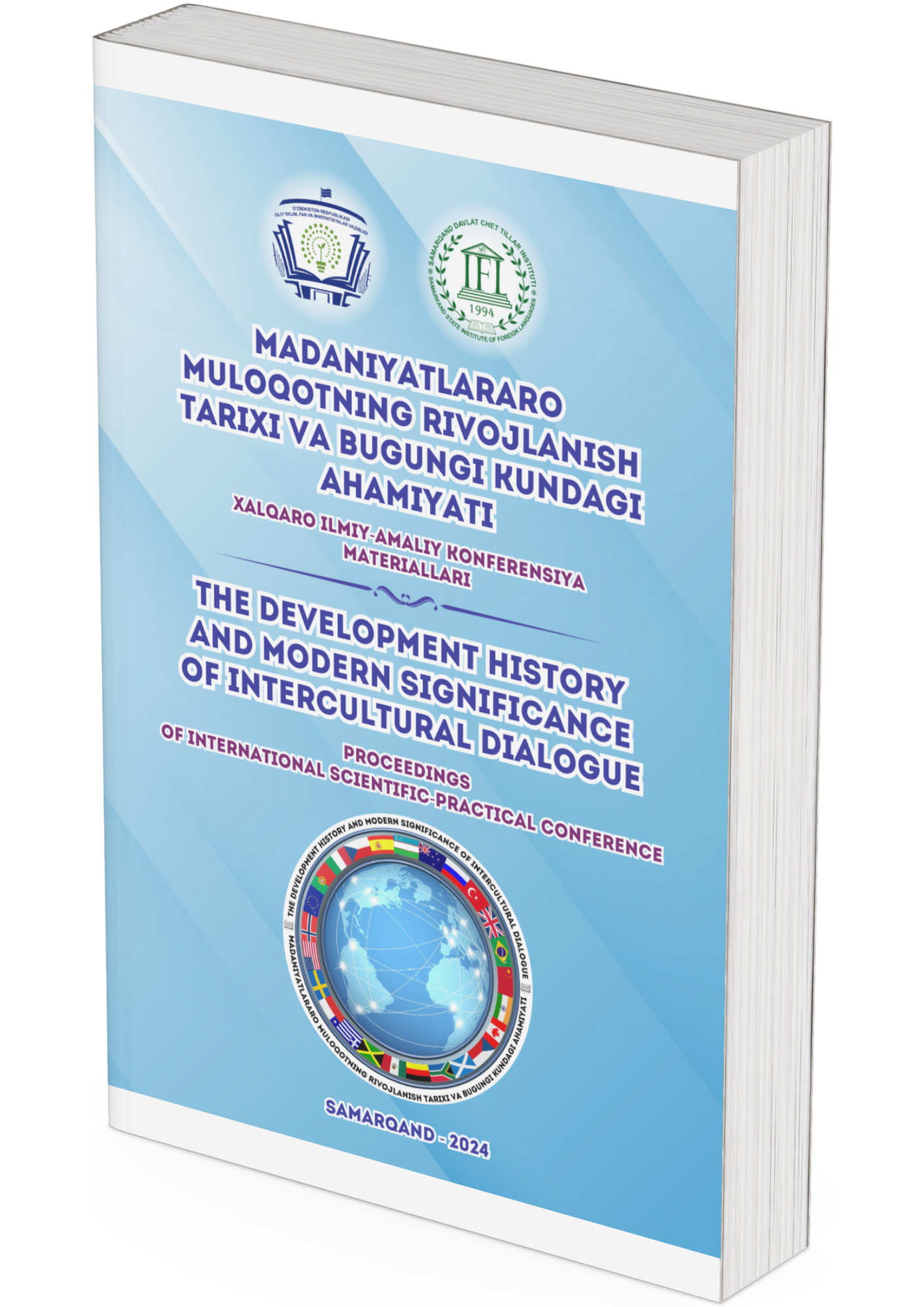The Role of English in the International Communication
DOI:
https://doi.org/10.2024/eq92qs72Keywords:
second language, the internet, online communication, global language, diplomacy, business, science, technology, linguistic and cultural backgrounds, global dialogue, knowledge exchange, collaborationAbstract
The article explores the dominant role of English as a global lingua franca, tracing its historical roots in British colonialism and the rise of the United States as a global power. English has become indispensable in key domains such as international business, science, diplomacy, and digital communication. The article highlights how English facilitates global collaboration, particularly in academic sphere and trade, while also acknowledging the challenges it poses, including linguistic inequalities and cultural homogenization.
References
Crystal, D. (2003). English as a Global Language (2nd ed.). Cambridge University Press.
Phillipson, R. (1992). Linguistic Imperialism. Oxford University Press.
Kachru, B. B. (1990). The Alchemy of English: The Spread, Functions, and Models of Non-native Englishes. University of Illinois Press.
Seidlhofer, B. (2011). Understanding English as a Lingua Franca. Oxford University Press.
Pennycook, A. (1994). The Cultural Politics of English as an International Language. Longman.
Blommaert, J. (2010). The Sociolinguistics of Globalization. Cambridge University Press.
Canagarajah, S. (1999). Resisting Linguistic Imperialism in English Teaching. Oxford University Press.
Jenkins, J. (2003). World Englishes: A Resource Book for Students. Routledge.
Qizi, E. A. Z., & Qizi, A. S. B. (2023). Pragmatics and semantics as special areas of linguistics. International Journal of Advance Scientific Research, 3(11), 160-167.
Erdanova, Z., & Eshdavlatova, A. (2024, April). Lexical classification of language units. In Conference Proceedings: Fostering Your Research Spirit (pp. 43-47).
Downloads
Published
Conference Proceedings Volume
Section
License
Copyright (c) 2024 Shahnoza Turabekova (Author)

This work is licensed under a Creative Commons Attribution 4.0 International License.









